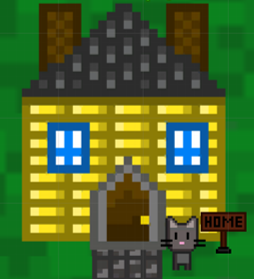
My initial thoughts for Catnip Quest were that it would closely emulate Lauren Ferro’s Angel Cakes Game, replacing angels with cats, cakes with catnip, etc. Catnip Quest was inspired by Warriors, a popular children’s book series my youngest cousin had been obsessing over this summer and coerced me to read. The books feature tribes of feral cats who, when injured or sick, require the use of herbs and berries as medicine. I imagined the map to be a grassy maze winding through a forest that the player would have to navigate in order to collect herbs for a sick cat, all the while avoiding snakes hiding behind bushes and poisonous plants.
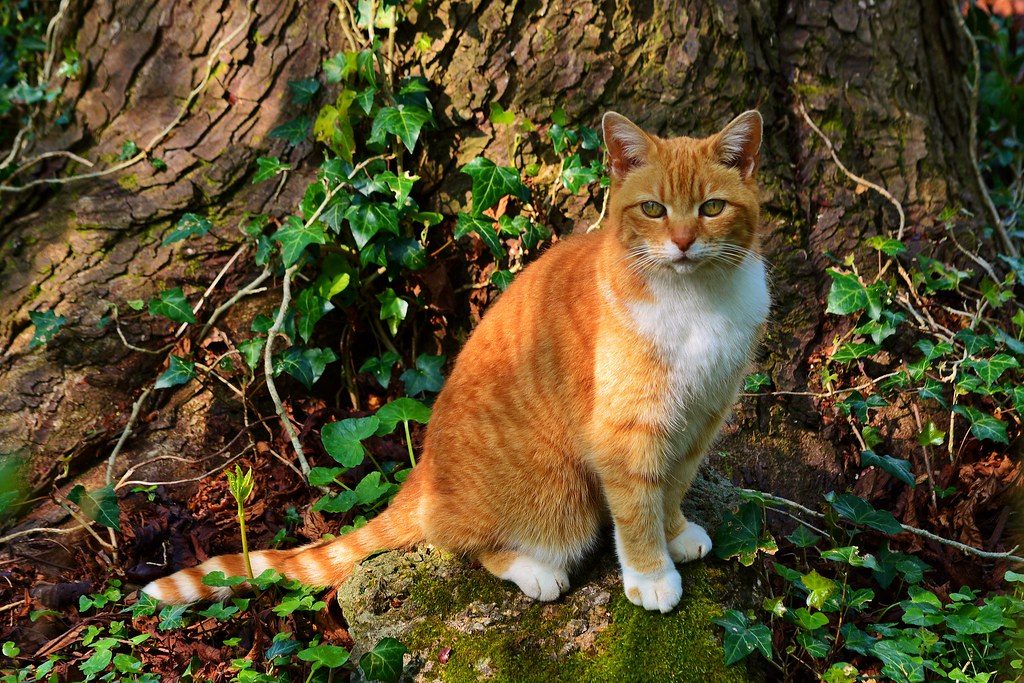
This idea was not the most thrilling or the most inventive, but it was cute and it fit the criteria for the assignment; however, in an early conference with Angela, she got me thinking about how to expand the world and add more game elements. As I erratically scribbled diagrams and words on the whiteboard, the concept of Catnip Quest transformed from a simple collection game to a social simulation game that featured tasks, collection, and construction.
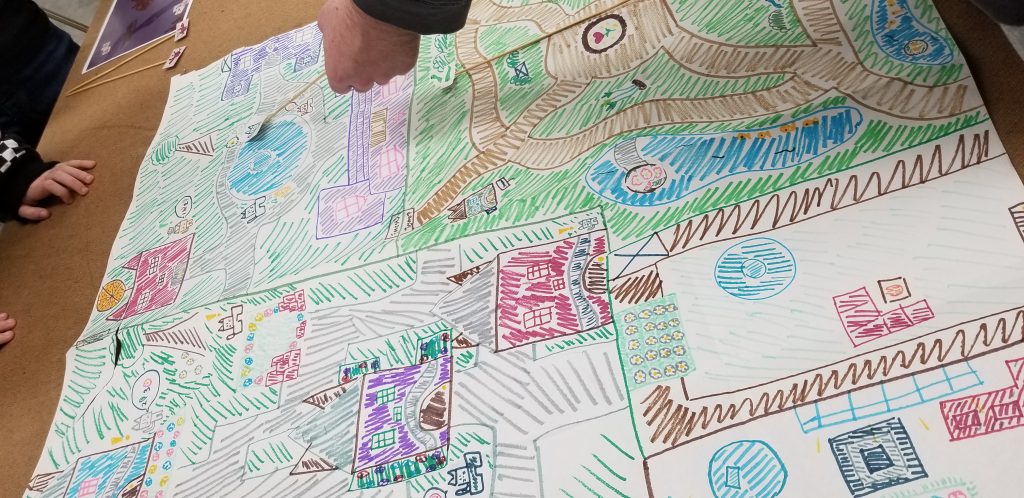
The map I drew up for the paper version of the game was huge in comparison to what it was originally supposed to be, featuring four levels: a neighborhood, a town, a forest, and the inside of the player’s house/garden. The neighborhood would consist of a bunch of houses all connected by a cobblestone path with a different cat stationed outside of each one, along with two helpful and two harmful collectibles, and an entrance to the town. The town would include shops, restaurants, a museum, and a town hall, with cats mingling in and around these spaces, as well as entrances to the forest and the neighborhood. The forest would be divided into four seamless zones, in which different kinds of plants and animals could be found depending on which zone the player was in. Lastly, the player’s house and garden would be a place where the player could recharge their stats (hunger, thirst, and energy) and plant different herbs and flowers, respectively. Knowing this was too ambitious to complete this semester, I decided to constrain my efforts to setting up the neighborhood.
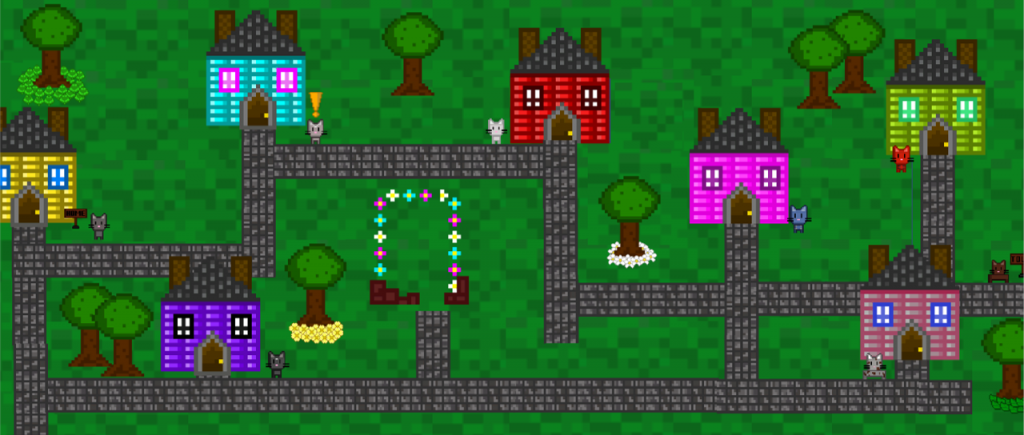
Then I decided to make two lists: one of things I needed to do for class, the other of things that would have to wait that weren’t required for the class assignment. The former list included the following: making the player character move, setting up 2D box colliders to force the player to move around objects such as houses and trees, having the player be able to collect helpful and harmful objects, creating sound effects, and setting up a home screen and a working “Start” button. The latter included things that were more complex, things that I haven’t learned to do yet and hope to learn in the future, such as transferring objects between characters, triggering text bubbles, animating a walk cycle, etc; I will continue to work on these aspects of the game in conference and after the semester is over.
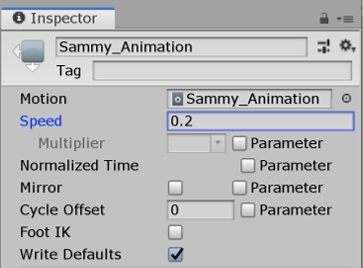
The key word in my design was “choice”. I wanted to create a game in which the player could have a wide range of choices concerning who to talk to and how to talk to them, where to go, what to do with objects attained, etc. A collection game like Angel Cakes may not appear to give the player much choice upon first glance, but the player can still choose how to navigate the maze, in what order to collect the cakes, and how to avoid the mobs (or, in the case of this particular game, devils). However, I wanted to really push the player’s ability to choose how their game plays out beyond that by designing a simulation game that featured collecting and included various other elements as well. I personally believe that more choices make the game world richer, up until a certain extent in story-driven games. While watching a classmate do a playtest of my paper game, I was pleased by how long he took to complete the two tutorial tasks I had set up due to the openness of the world. With that in mind, I want to continue working on Catnip Quest until, one day, it could perhaps be played for hours, a hundred different ways, without the player ever getting bored.

